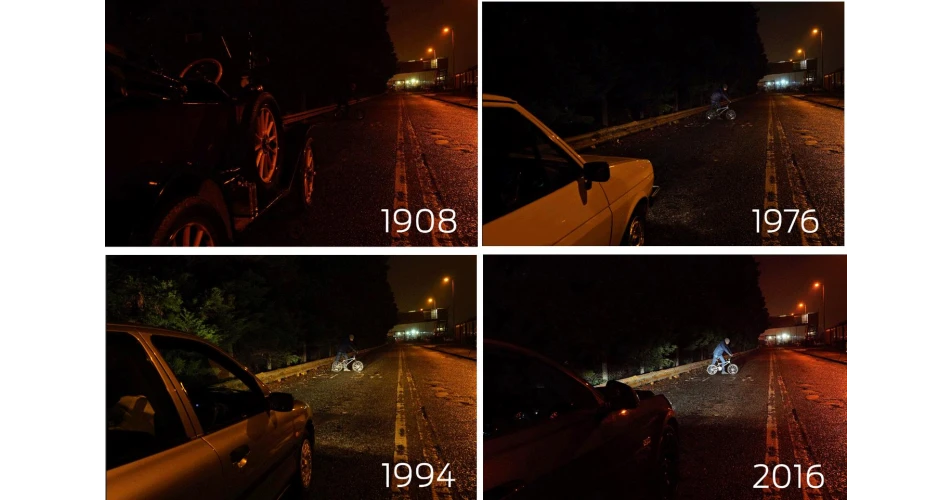We are all aware that modern headlamp technology has come on in leaps and bounds in recent years and the Ford Motor Company has recently illustrated this in graphic detail.
The company has released a series of images showing views from cars dating back to the 1908 Ford Model T up to a band new Ford Mustang. The pictures show just how far headlight technology has come and how the pace of change has accelerated in recent years.
The images show a cyclist just 12 metres from the vehicle. In the first image it shows how the acetylene lamps of the Ford Model T, which had to be manually illuminated, would light up the scene. Subsequent images show what the light output would be like in 1930s, 1960s, 1970s and 1990s as well as the present day.
“In terms of lighting technology, we have come out of the dark ages,” said Michael Koherr, Ford’s lighting research engineer. “It is quite incredible what a fundamental difference these changes contribute in terms of road safety and driver comfort.”
Koherr points out that Xenon headlights, as featured on the Mustang, have around three times the output of halogen bulbs. Like the sophisticated LED headlights offered for cars including the Ford Edge SUV, xenon lights produce a bright white light that can make them appear up to five times brighter than the yellowish light of halogen bulbs.
Other technology improvements mean headlights are also now designed to gradually fade at the edge of the beam pattern, rather than stopping abruptly, allowing objects in the dark to come steadily into view rather than appearing suddenly in view.
“We have gone from what were essentially glorified candles to efficient and effective xenon and LED lights. In the future we’ll see more super-bright LED lights equipped to cars, which can actually help drivers remain alert,” Siaf Koherr. He added, “We are now developing new spot lighting technology that helps draw the driver’s attention to pedestrians, cyclists and even large animals in the vehicle’s path. This would use an infra-red camera to locate and track people and bigger animals up to 120 metres away.”
